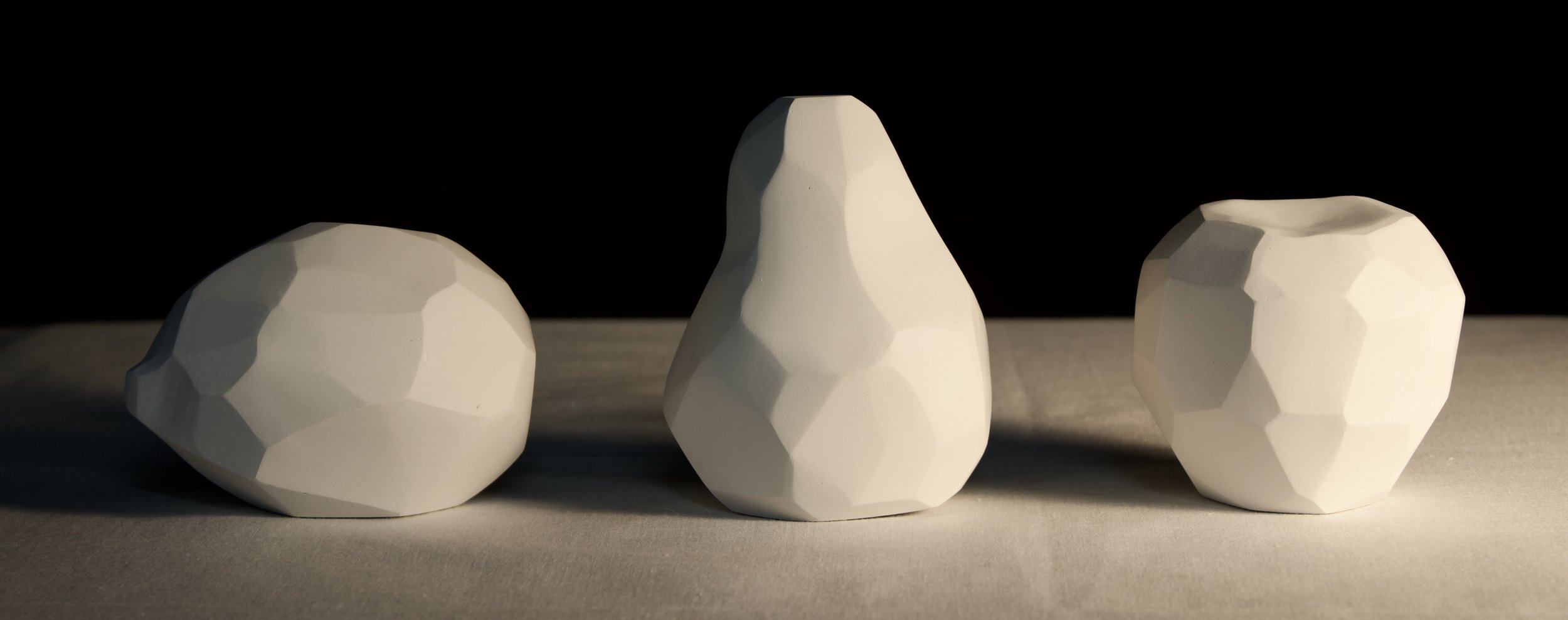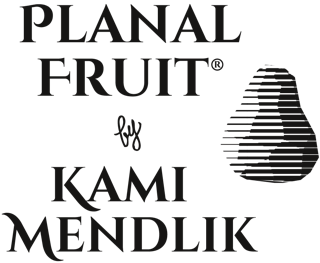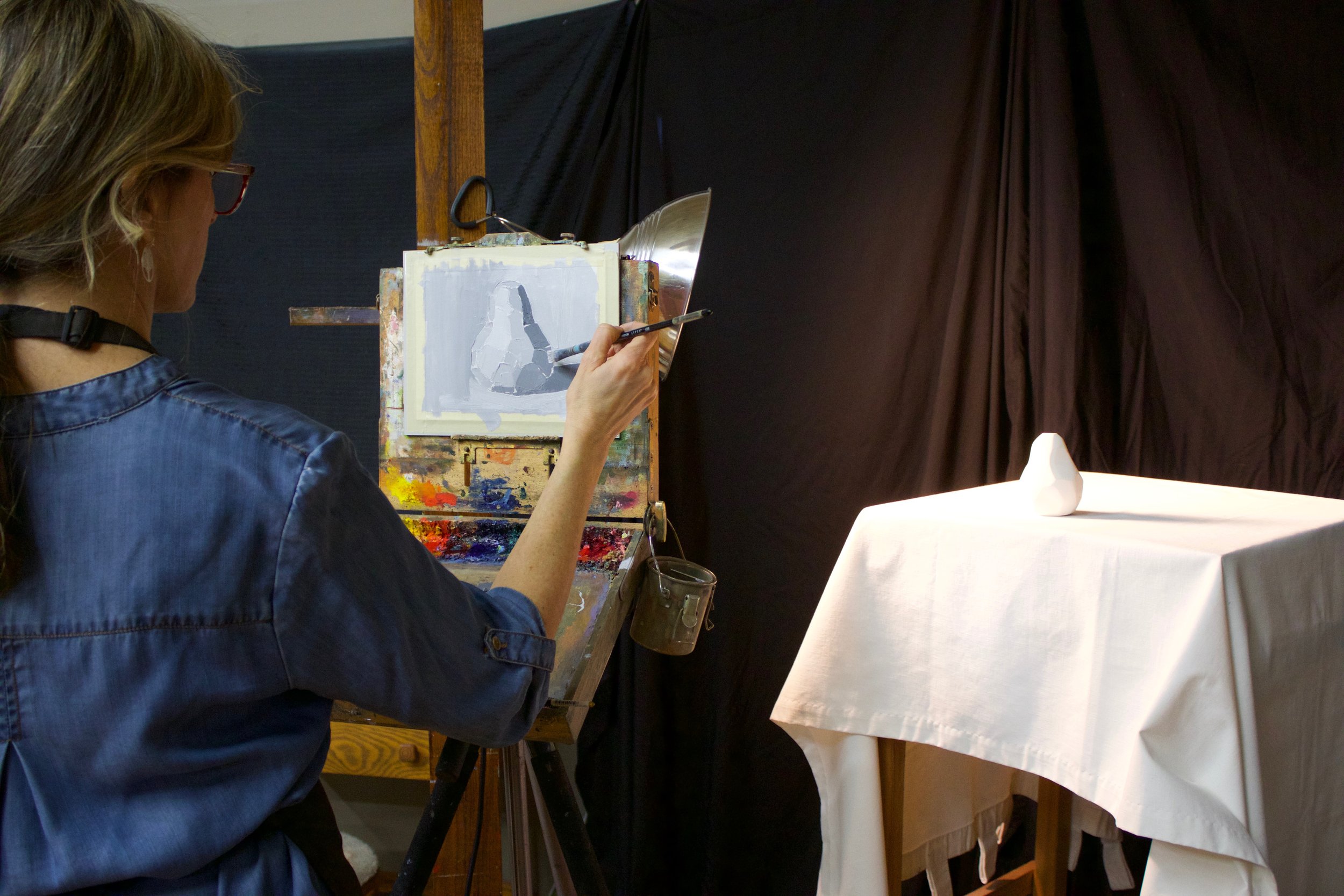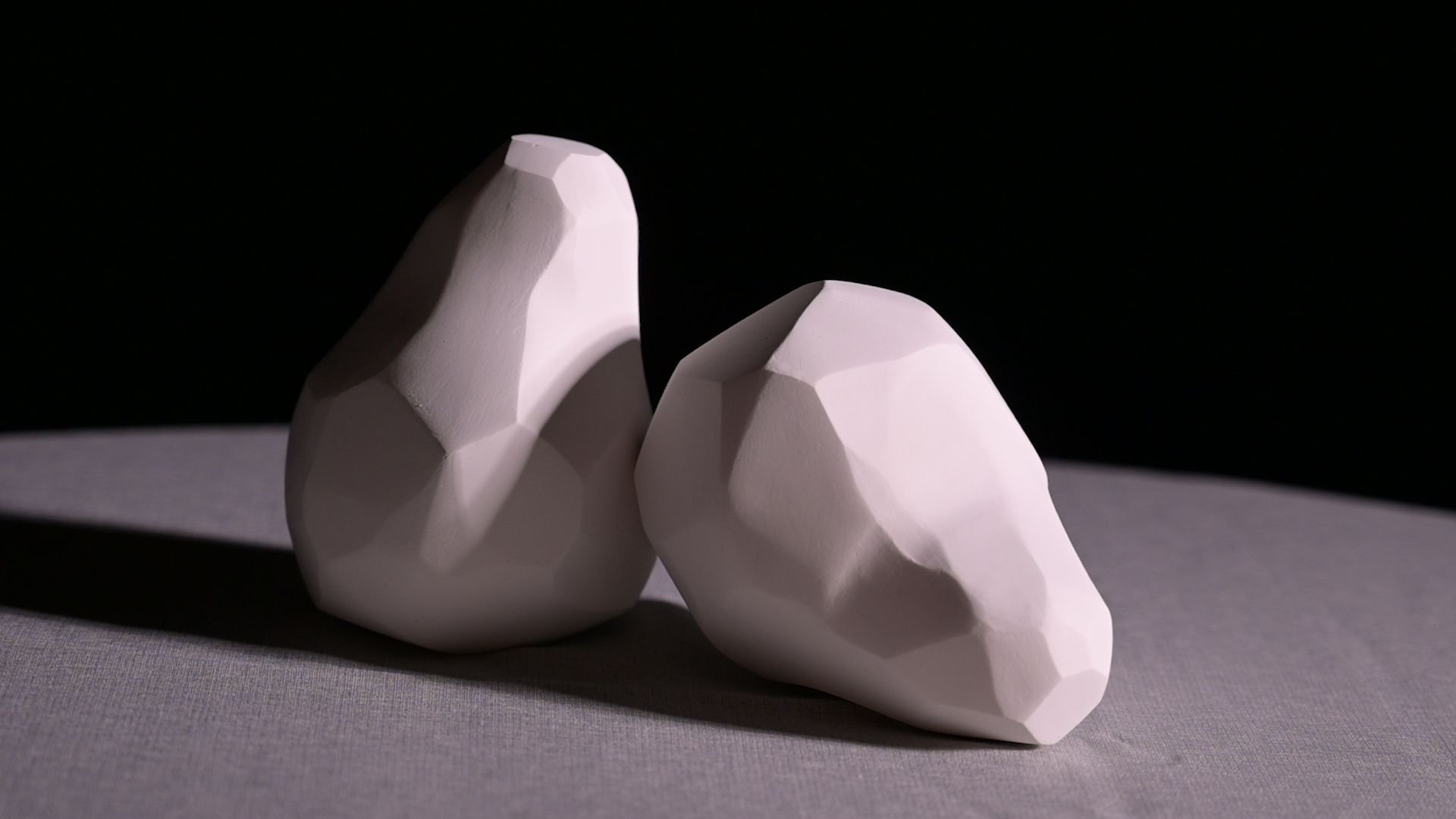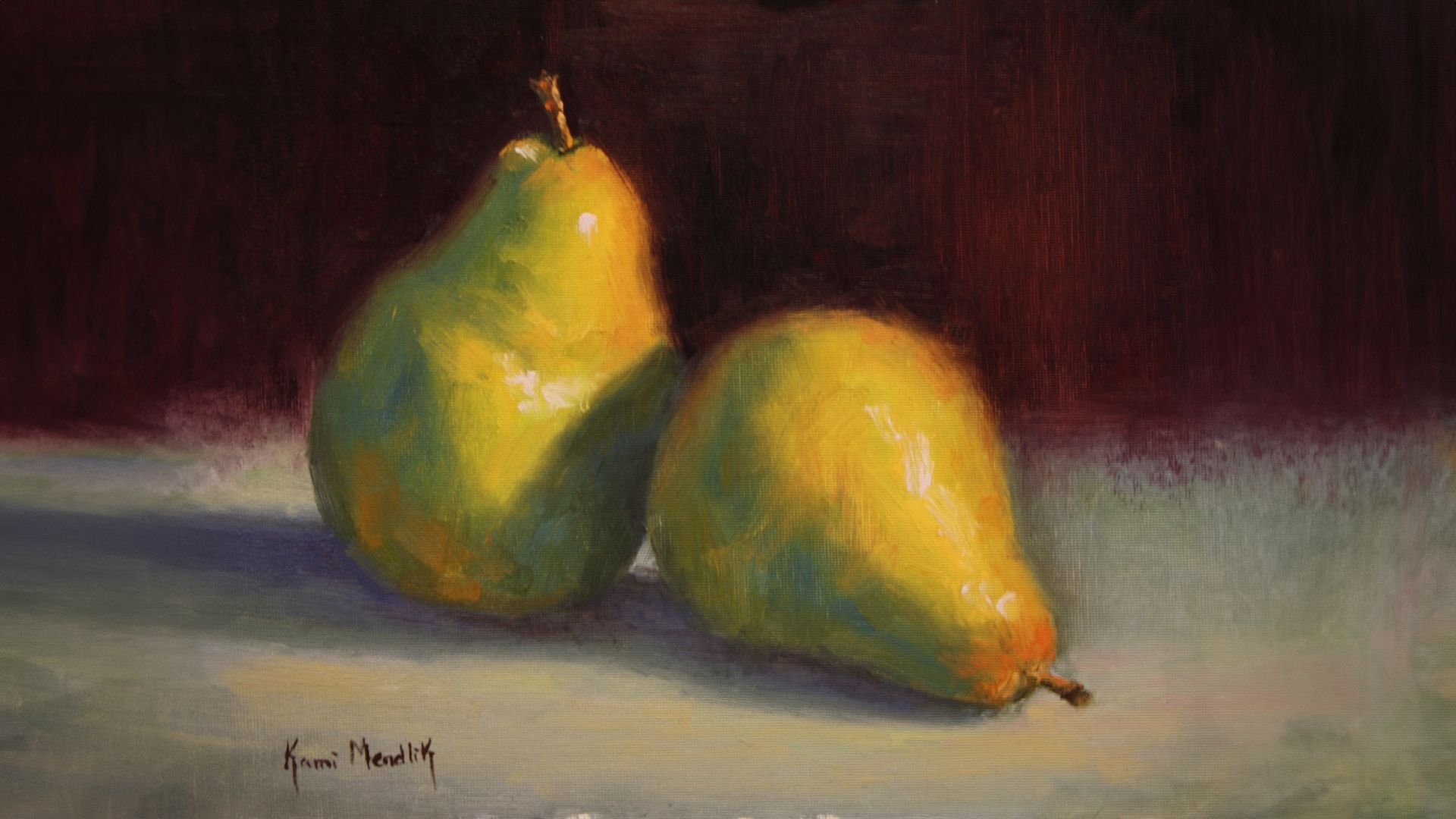Improve your paintings with Planal Fruit!
Planal Fruit® is a tool designed to practice seeing and painting the essential elements in creating the illusion of light and shadow with color on form.
Why an Apple, a Pear, & a Lemon? The Apple, Pear, & Lemon each highlight different essential principles of form.
Planal Apple
The Planal Apple has small sharp planes. The purpose of this design is to help you see the subtle shifts and nuances of color and value in each plane as they move around the form on a rounded object. You will learn to see a more delicate degree of color changes, resulting in beautiful, sophisticated three-dimensional form.
Planal Pear
The Planal Pear has longer softened planes, with an emphasis on the planes running more vertically as they move around the form. The purpose of this is to exaggerate the form-revealing halftone, which is a key element in establishing form on an object. You will learn to see how important and magical the form-revealing halftone is to creating the illusion of light and form in any object.
Planal Lemon
The Planal Lemon has a variety of sharp planes in both small and large sizes. The purpose of the varied sizes is to challenge you to see the color and value differences between planes as they wrap around the form of an object. When simplifying a larger plane, it allows room for smaller more delicate nuances such as the reflected light on an object. The Planal Lemon is a great tool for studying reflected light.
Each piece of fruit is made by hand. The result is beautiful, soft, honed, natural white casted plaster fruit – a classic and timeless way to reproduce sculptures.
Throughout my years of teaching, I discovered that people learn best when they understand what they are seeing and why. The world is filled with light, color, and form, and form is composed of planes. At times, teaching my students to see how light wraps around the form could be challenging and frustrating. I found having my students paint pears was helpful, but they still weren’t quite getting it. I thought to myself, if only I could show them what I was seeing.
The world is filled with form! Often times, a missing component for people studying light, is seeing and understanding form. Every tree, hill, cloud, cup, lemon, flower . . . all form! Form is three-dimensional, and is a vital component to painting light and color. So, what is form composed of? Planes! Every time there is a plane change, there is a color change and mastering the use of color with paint requires seeing it.
Teaching my students to see plane changes was challenging and frustrating at times. They struggled to see the plane changes I was talking about, and without seeing it, it’s very difficult to paint it. At the time, I found having my students paint pears was helpful, as it’s a fruit that naturally shows planes easier than other fruits. Yet, they still weren’t quite getting it. I thought to myself, “if only I could show them what I was seeing…’ One day it struck me “Ah ha! They needed a visual! Amplify the planes to help them SEE the planes.” In that moment, the idea of Planal Pears was born. Throughout these early years, I continued to attempt to sculpt the perfect Planal Pear and then worked for several more years creating multiple sets of both the Apples and then Lemons. I handcrafted dozens of each fruit so my classes could study from them in the studio.
- Kami Mendlik
The Story of Planal Fruit
“I think using Planal Fruit® is a great way for people to understand both the simplicity and the complexity of what they’re seeing.”
David Sieh, Painter
“Studying Planal Fruit®, I was immediately able to translate the properties of form and color into my own studies.”
Student, St. Croix River School of Painting
